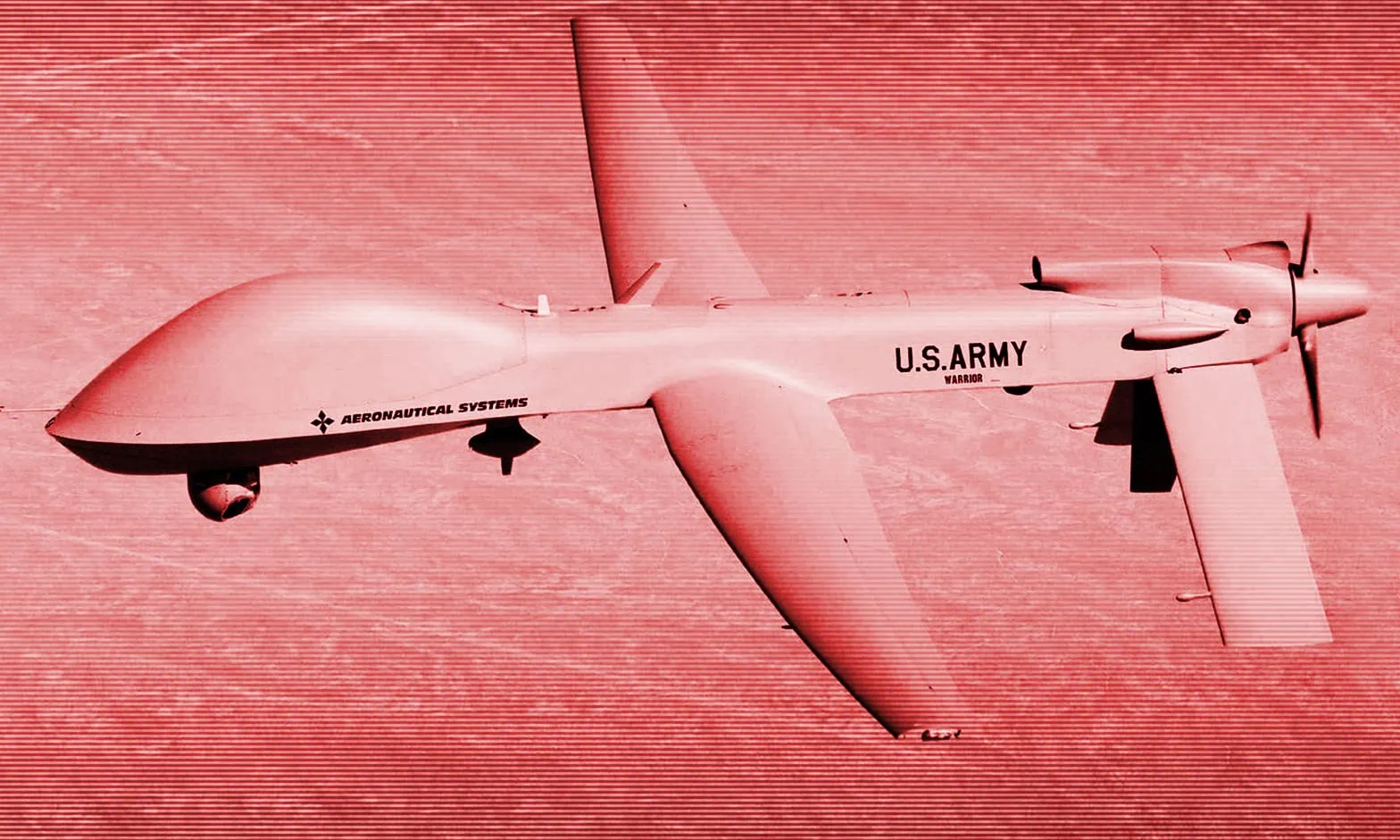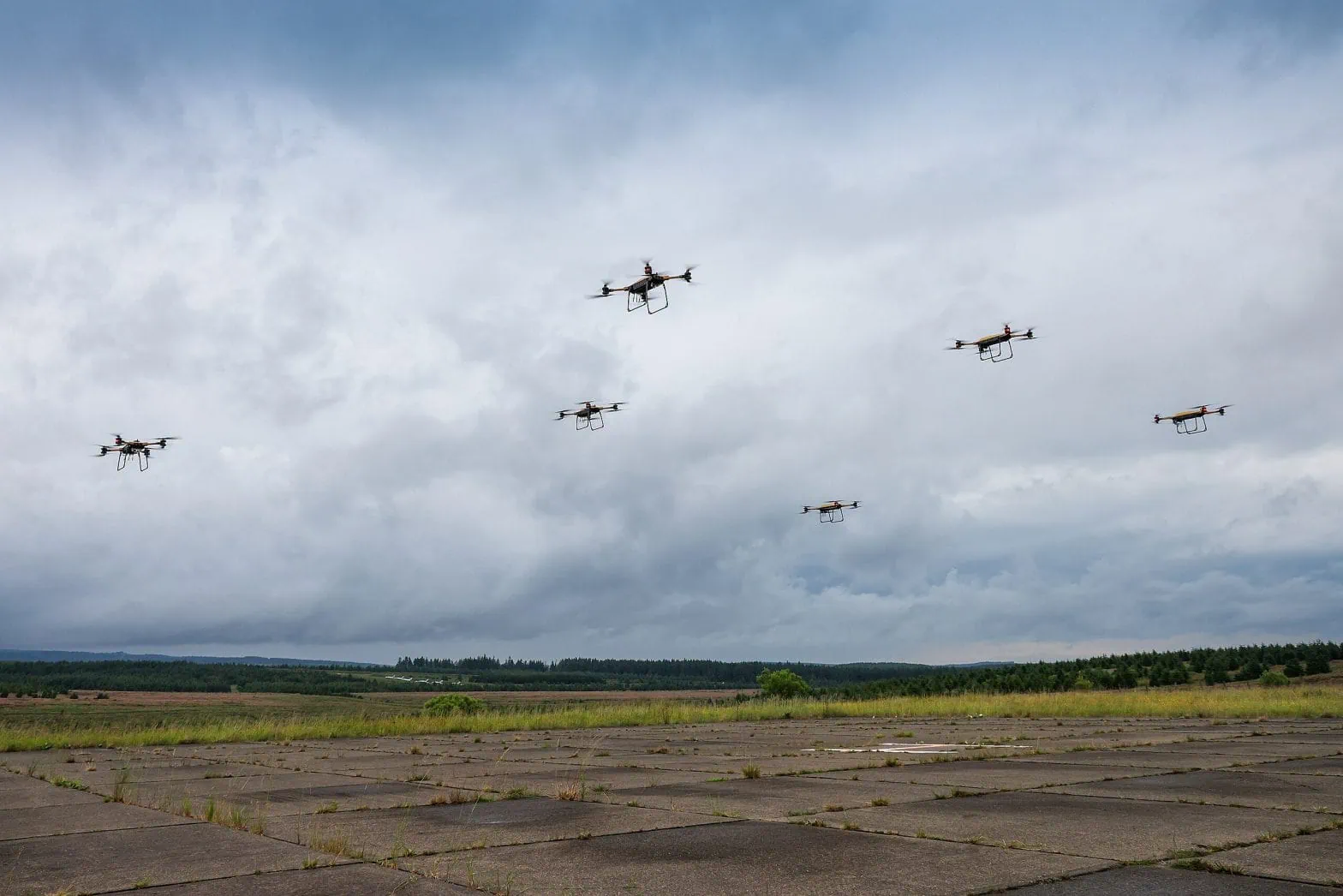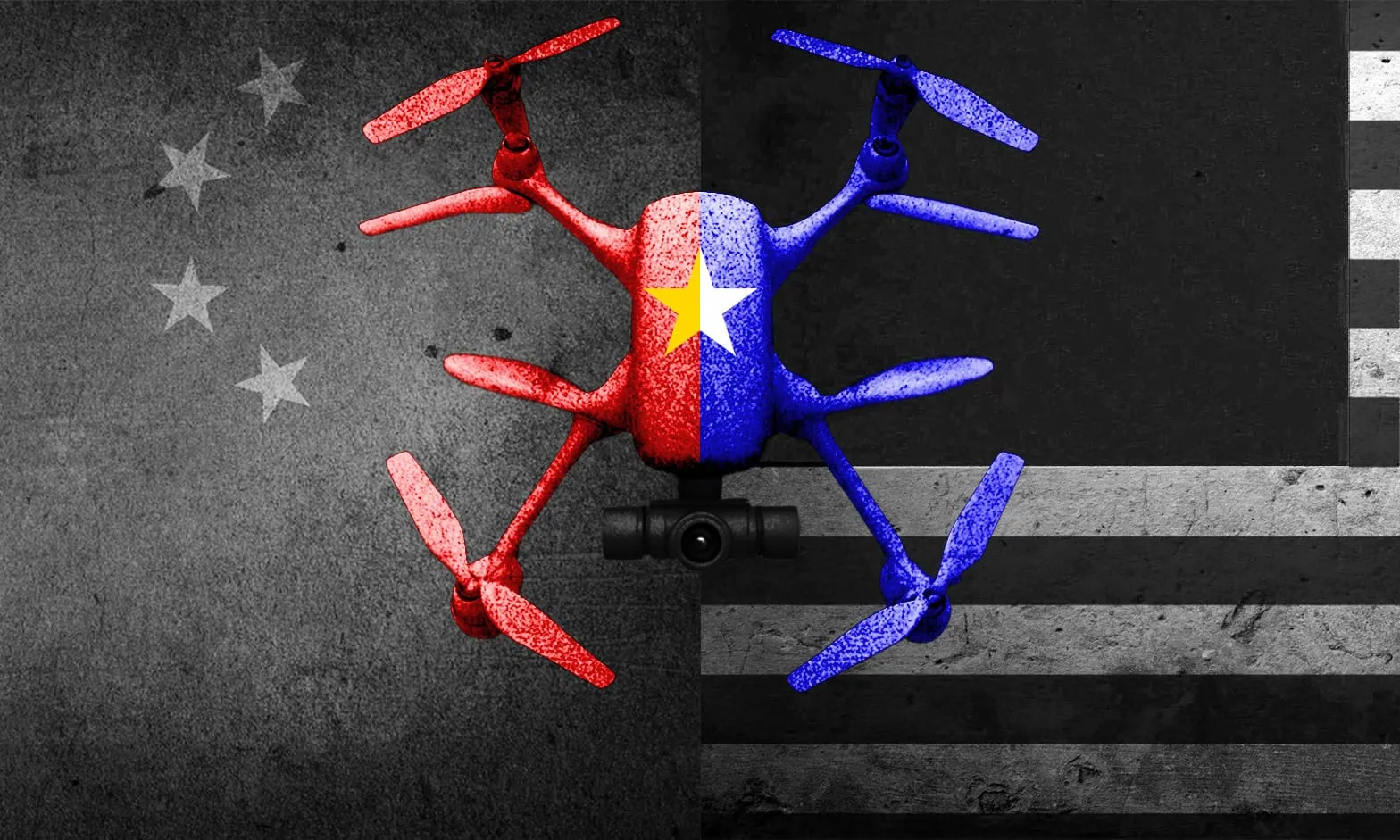(U.S. Army’s MQ-1C Warrior UAV Photo Courtesy of U.S. Army – Public Domain) In December 2024, the Chinese government ordered one million kamikaze drones for the People’s liberation Army (Dylan Malyasov, “China places massive order for kamikaze drones”, The Defence Blog, 22 December 2024). During the same period, OpenAI, the U.S. giant of generative AI …
Continue reading “AI at War (4): The US-China Drone and Robot Race”











